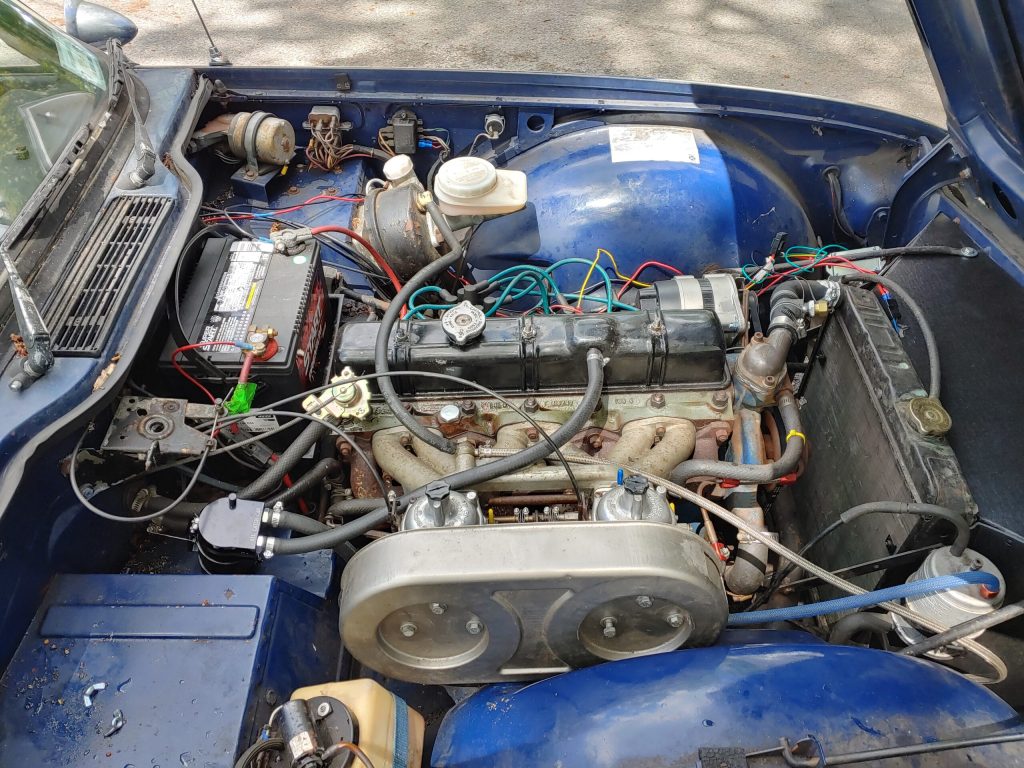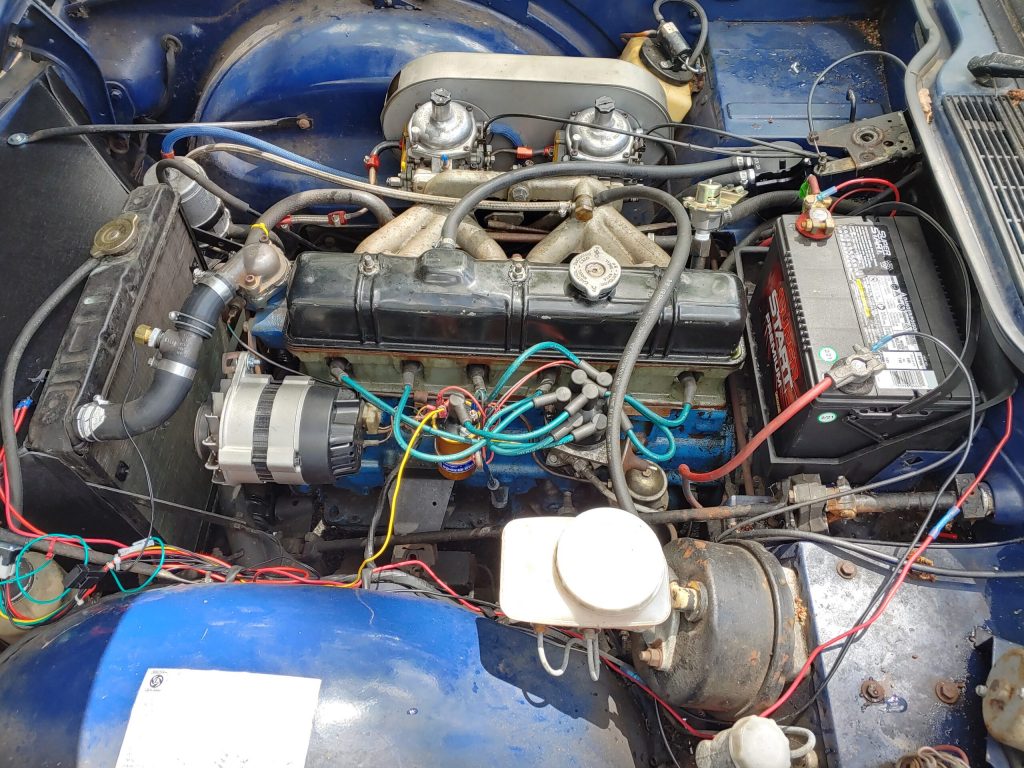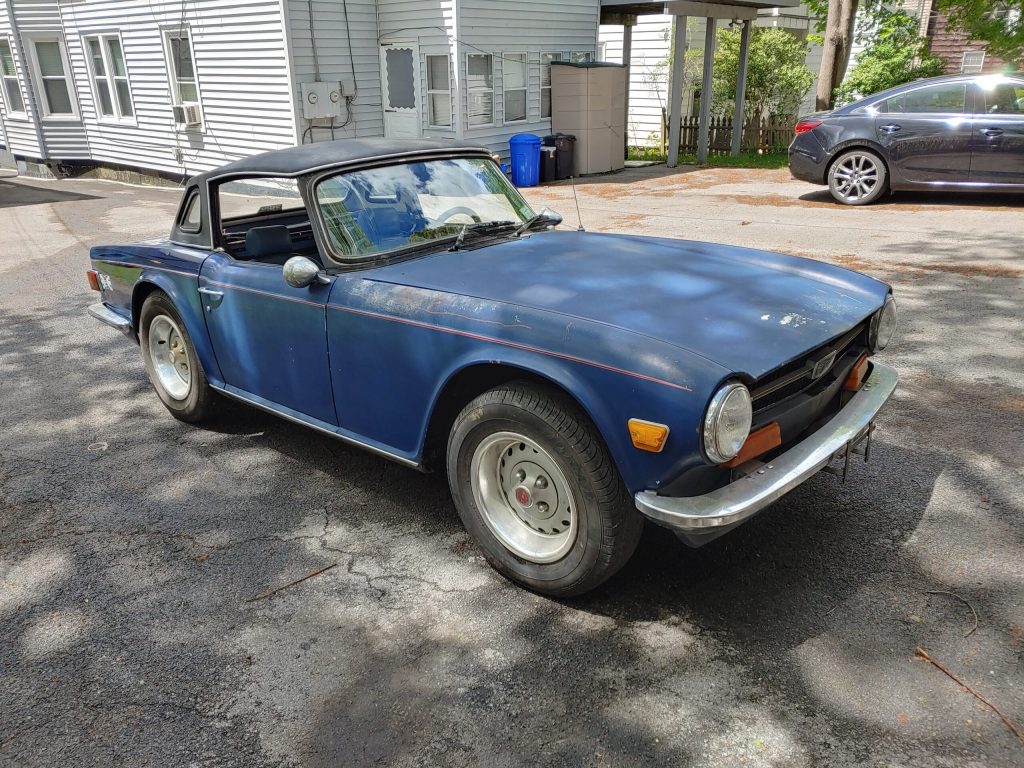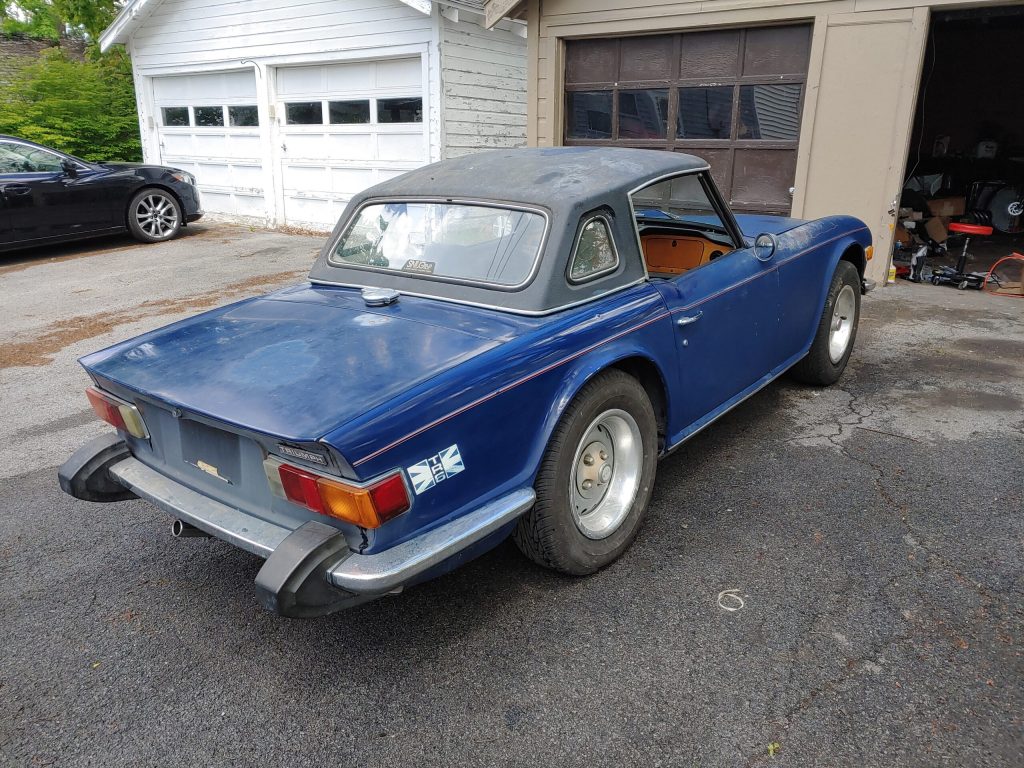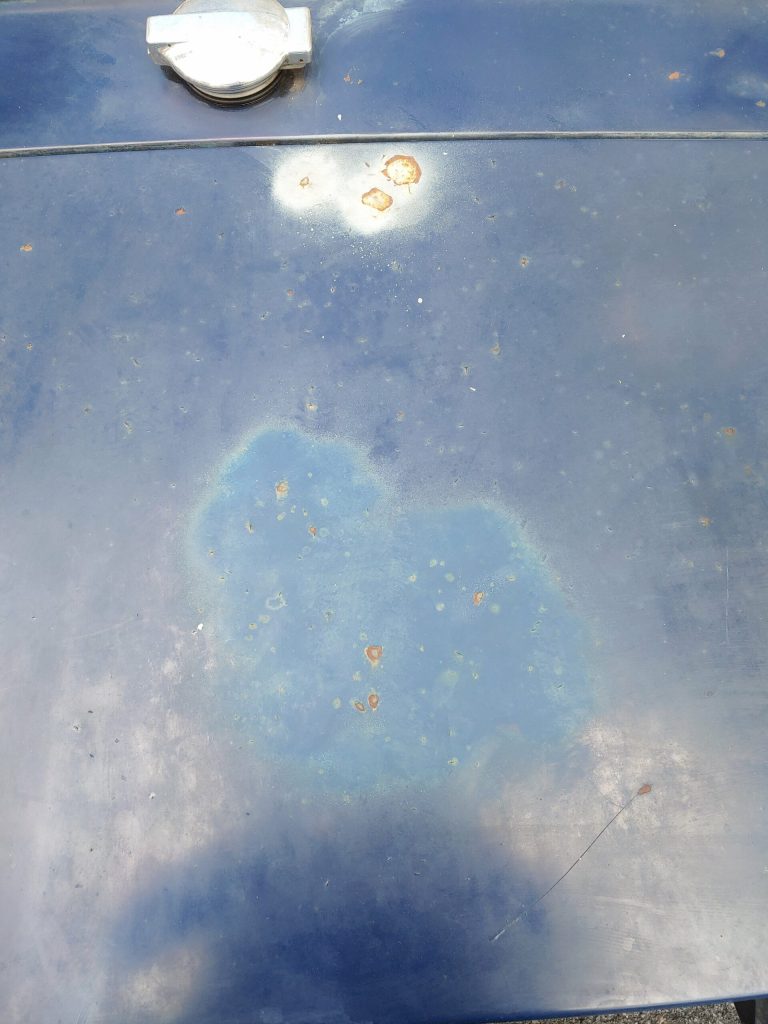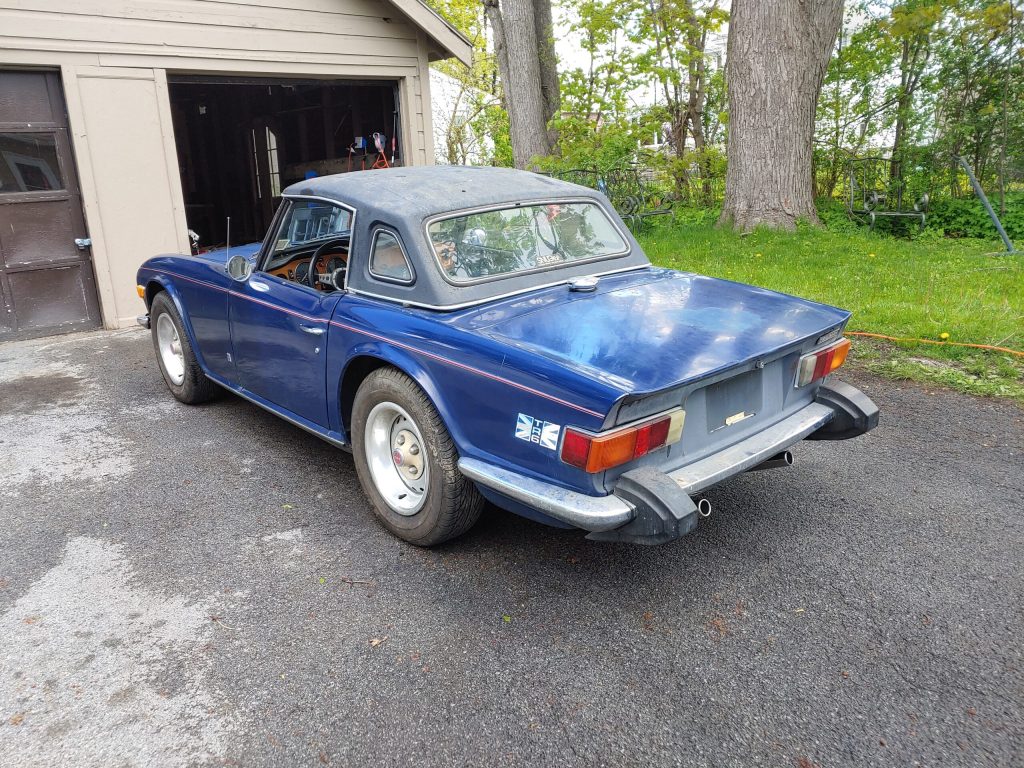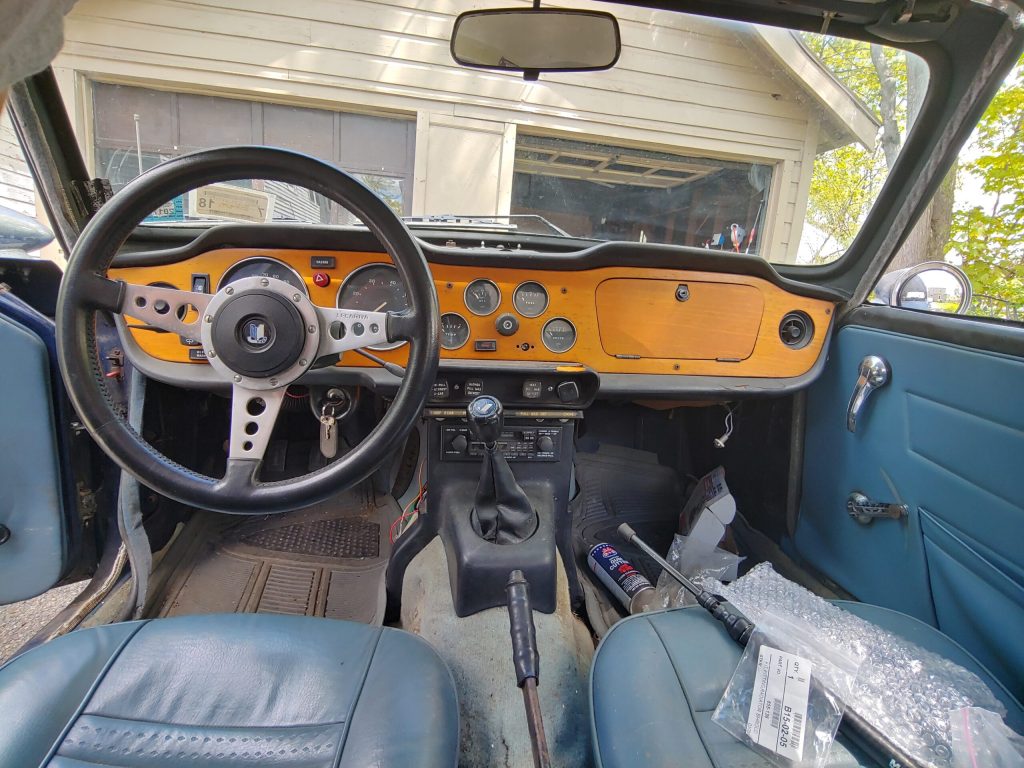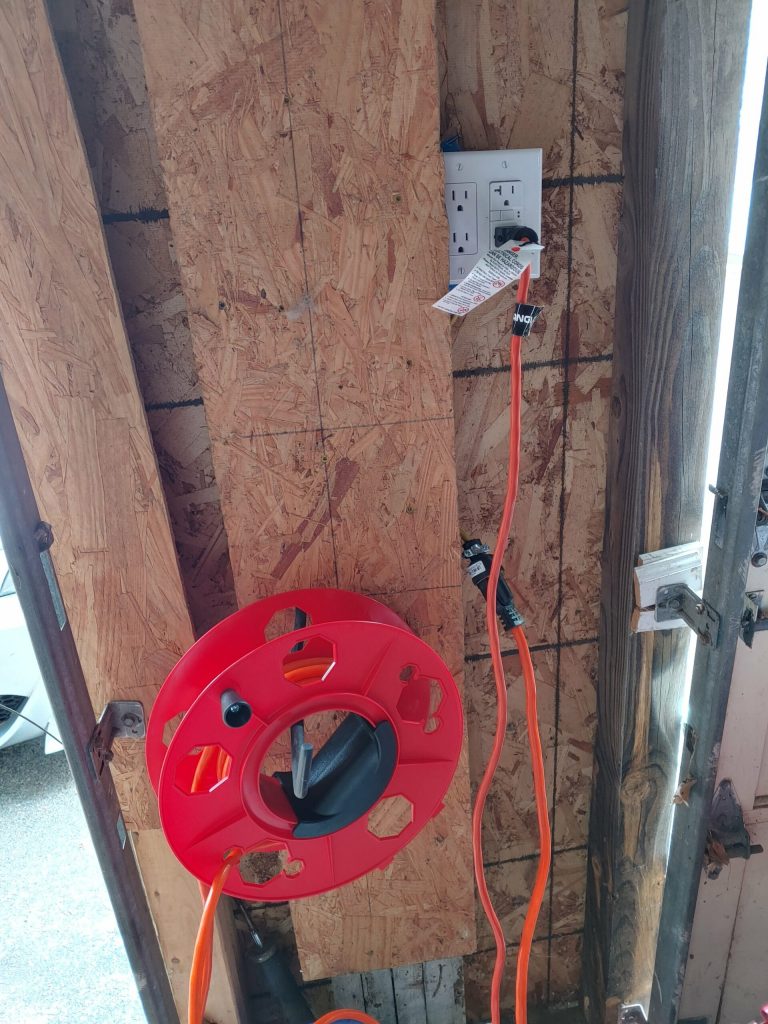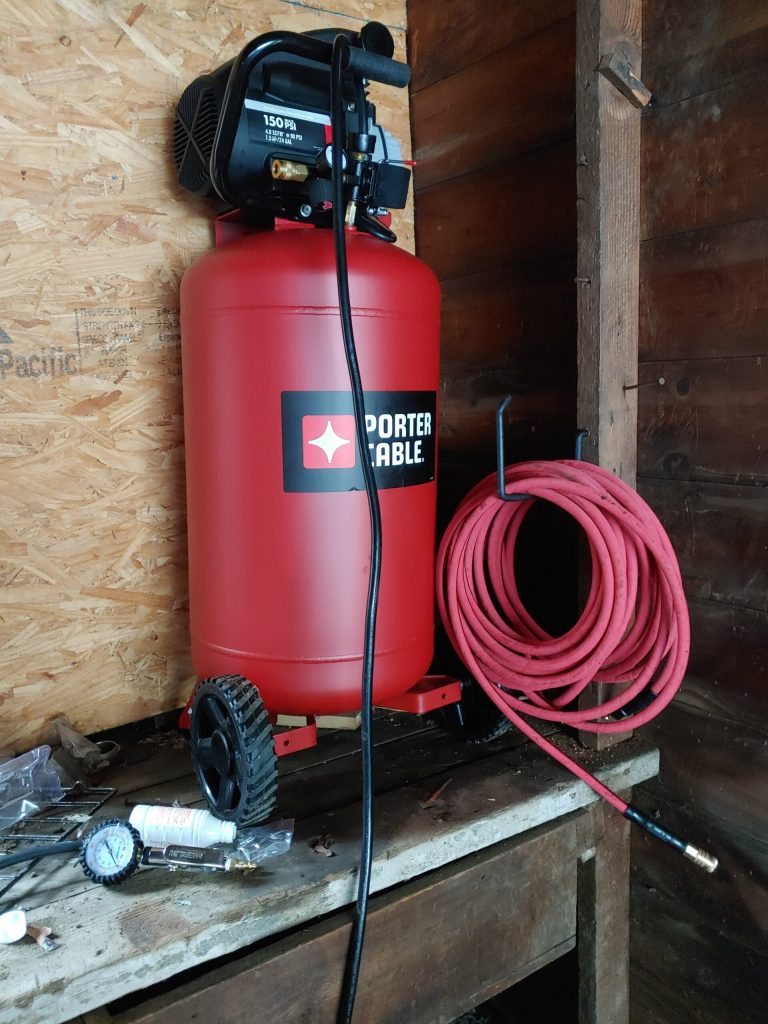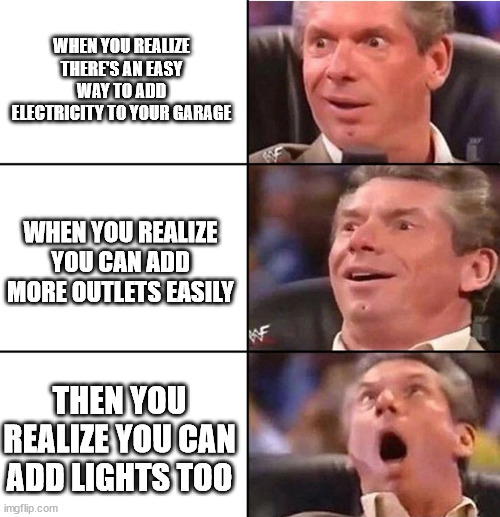Since my last update, I got the Triumph registered and on the road. After the first test drive I knew I had some more work to do. While the car would idle like a champ, when the engine was subjected to even a mild load, it would ping (detonation or pre-ignition) like crazy. I tried enriching the fuel mixture and retarding the timing, but I wasn’t getting anywhere. I realized my timing reading of 20°-28° BTDC was probably correct. I retarded the timing as far as I could, but the engine would stall out, even with the timing set nearer to 20°. I decided to try replacing my Pertronix electronic ignition with the old points and condenser. To my surprise, this actually made a small but noticeable difference. The engine started much easier and the pinging was slightly better. Not good enough to be usable, but better. I replaced the old points and condenser with new parts for good measure, but that didn’t magically solve my problem.
It was looking like I’d have to dive into the valve timing. Several years ago, I replaced the original camshaft with an aftermarket performance cam that came with the car. I didn’t fully understand the procedure for synchronizing the cam and crankshaft in the workshop manual, so I made my own timing marks on the sprockets and lined it up as best I could. This turned out to be a mistake. With a newfound comprehension of the “on the rock” method of setting up cam/crank timing, I discovered I set up the camshaft about 20° ahead of where it should have been. I’d been dreading this, even though from the start I knew it was almost inevitable. Adjusting cam timing on this car is a big job, and I was really hoping to avoid it.
I decided to get started in the evening, and I was able to get everything apart, set the correct timing and then start with the reassembly before dark. I finished up by about noon the next day. This test drive was much, much better. I was still getting some pinging, but it was vastly improved. The timing light showed a much more sane 8°-10° BTDC, which is an oft-recommended setting on the forums. However, I couldn’t really get the car to idle, plus there was still the pining I mentioned. The valve cover gasket was wrecked, so I decided to put the car away and do some research.
After a little reading, today I decided to remove the bypass valves and temperature compensators from the carbs and cap their holes to see if they were at fault. I think it may have made a small improvement, but the car still wouldn’t idle nicely. I was able to get the idle down for long enough to hear a loud sucking noise though. I discovered the manifold (the intake and exhaust manifolds share a gasket on this car) gasket was leaking. I never noticed the sucking noise before, and previous attempts at spraying the area with carb cleaner and starting fluid revealed nothing either. Luckily, I have an extra gasket that’s been hanging around for a while. I’m going to try to get it installed tomorrow, and I think I’ll double up my gaskets. Some people on the forums recommend that. I figure it can’t hurt. I’m hoping fixing this gasket issue should finally get the car into a driveable state.

